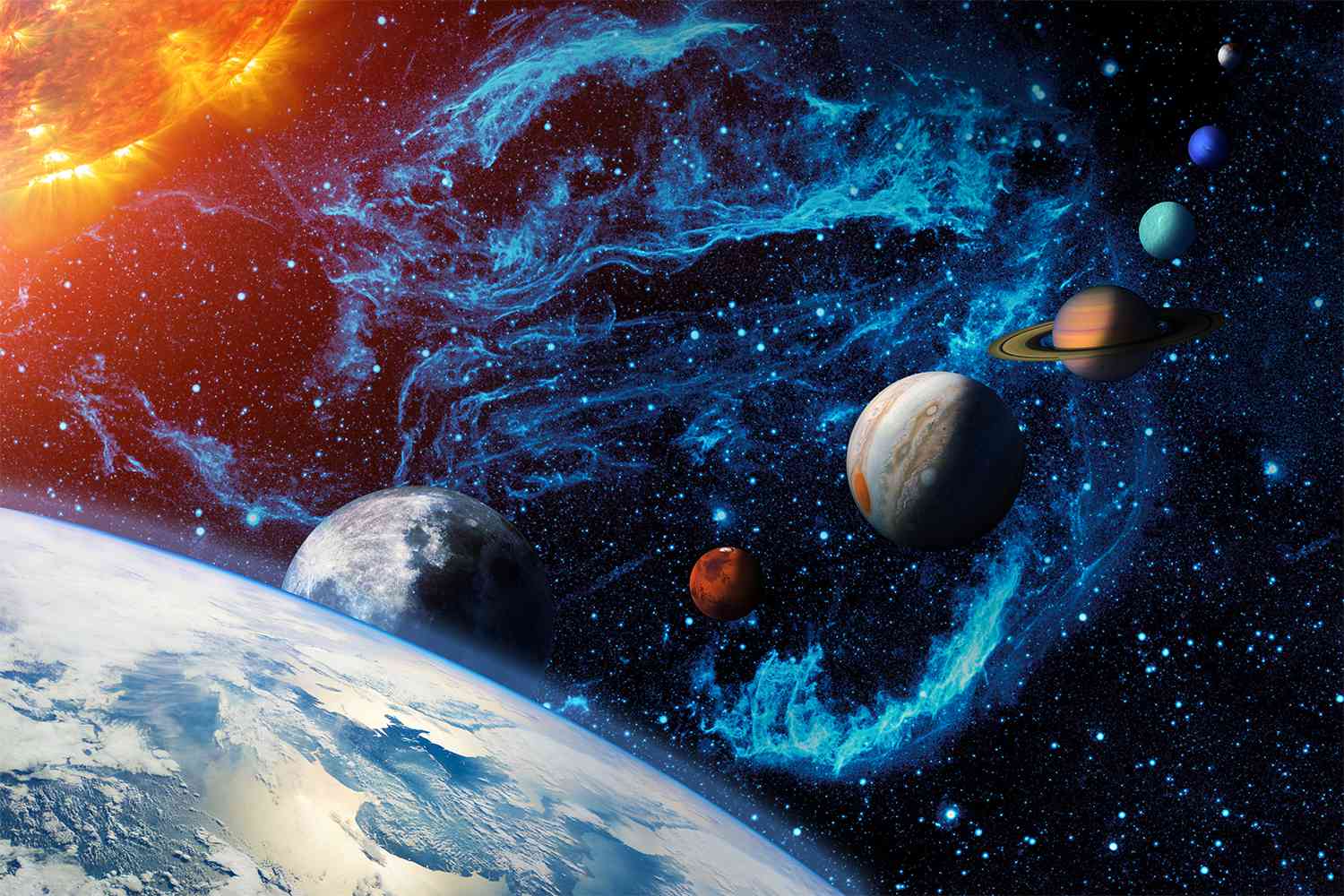Physical Address
304 North Cardinal St.
Dorchester Center, MA 02124
Physical Address
304 North Cardinal St.
Dorchester Center, MA 02124

:max_bytes(150000):strip_icc():format(jpeg)/planet-alignment-052025-259d220a6e814bf9a9569d99f550c128.jpg)
Rise and Shine, there’s a Cosmic treatment In store!
As Moon decreases after its Last quarterly phaseBefore the dawn hours get darker and set the scene for an amazing Plan management.
These adjustments do not occur every day, so if you are an early rise or are looking for a reason to wake up before sunrise, this week’s 3 plane adaptation will be worth it. After all, when was the last time you caught three bright sky bodies in such close proximity?
A mini -paired by Planets will adapt over the eastern horizon and offers Stargazers its very own cosmic performance.
What makes this event so special? Except beauty and divine timing around this rare event, it reminds us of the holy planetary rhythms Hands above.
Take a couple of binoculars and set your alarm! So, when and where to look at this week’s 3 plane.
Nicolas Economou/Nurphoto via Getty
This week, a beautiful assortment of Saturn, Venus and the Moon will rise before the sun and adorn the night sky.
All three planets will be visible to the naked eye: Saturn up high, the moon just below and Venus glimpses brightly near the horizon. Saturn will be the dimmast of the trio, but still visible.
Adi Prima/Anadolu via Getty
The best time to get a glimpse of the planetary is from May 20 to May 24. Read below for a detailed division of the Moon’s scenes for best viewing.
Tuesday 20 May: The moon will reach its last quarterly phase, rise at about midnight and put just after noon.
Thursday 22 May: The crescent moon will only appear a few degrees from Saturn an hour or so before dawn, while Venus shines brightly lower in the sky.
Friday 23 May: The moon, now at a narrower crescent, will sit near Venus, while Saturn remains nearby.
Saturday May 24: This is your last chance to get a glimpse of the moon before it disappears in the sun’s glare for the new lunar phase. Rising up in the lower eastern horizon about an hour before sunrise, it will sit next to Venus. Together with Saturn, all three planets will appear in a line from top to bottom.
Getty
Between May 20 and May 24, Venus, Saturn and the Moon will be visible to the naked eye when looking at the eastern horizon.
With a couple of binoculars, far away from major light pollution, conditions will be right for viewing. You can also get a glimpse of “Earthshine” on May 23, which is when the glow on the moon’s dark side is caused by the reflection of the sunlight from the earth’s surface.
To find the best viewing time for your location, Time and date recommend that you use their Night sky tool. Be sure to choose the right date and look during dawn before dawn. In addition, for the most accurate site-specific information, refer back to online planetaries as Stellarium.